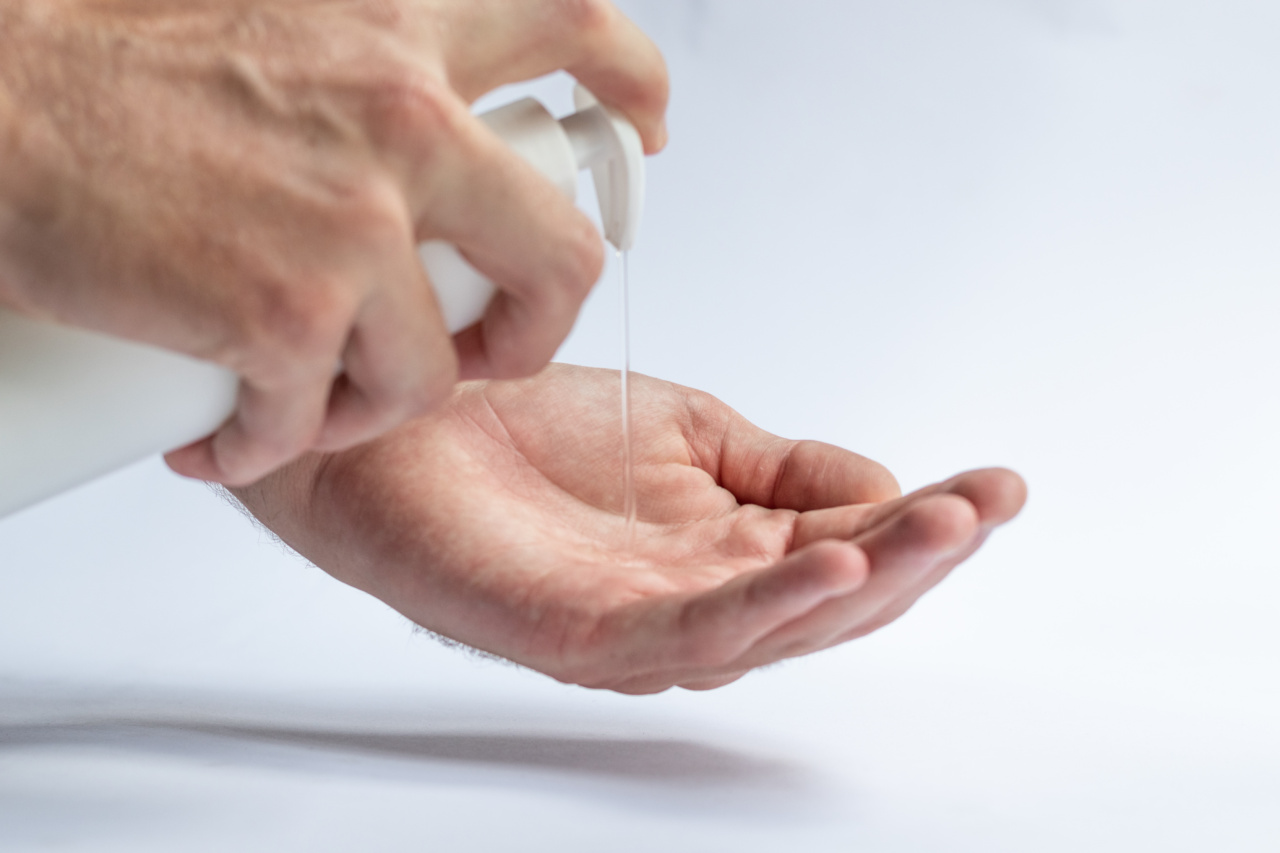Thrombosis is a serious medical condition that can lead to heart attacks, strokes, and other life-threatening complications.
While it is not entirely avoidable, there are certain things you can do on a daily basis to reduce your risk of developing thrombosis. In this article, we will discuss some of these preventative measures and how they can help keep you safe.
Stay Active
One of the best things you can do to prevent thrombosis is to stay active. Physical activity helps keep your blood flowing and prevents blood from pooling in your veins. Even a simple walk around the block can make a big difference.
If you have a desk job, try to take frequent breaks throughout the day to stretch and move around.
Maintain a Healthy Diet
Eating a healthy, balanced diet is important for many aspects of your health, including preventing thrombosis. Foods that are high in fiber, such as fruits, vegetables, and whole grains, can help lower your risk of developing blood clots.
Foods that are high in saturated and trans fats, such as fried foods and processed snacks, should be avoided as much as possible.
Stay Hydrated
Dehydration can make your blood thicker and more likely to clot. It is important to stay hydrated by drinking plenty of water throughout the day. If you struggle with drinking enough water, try adding flavor to it by infusing it with fruits or herbs.
Avoid Smoking
Smoking is a significant risk factor for developing thrombosis. Cigarette smoke contains chemicals that damage the lining of your blood vessels, making it easier for blood clots to form.
If you smoke, quitting is the best thing you can do for your overall health and to lower your risk of thrombosis.
Take Frequent Breaks During Travel
Long periods of sitting, such as during air travel or long car rides, can increase your risk of developing thrombosis. It is important to take frequent breaks to stretch and move around.
If you are on a long flight, try to get up and walk around the cabin every hour or so.
Wear Special Compression Stockings
If you are at a higher risk for developing thrombosis, your doctor may recommend you wear special compression stockings. These stockings help promote blood flow and prevent blood from pooling in your legs.
They are especially important for people who are on bed rest or who are recovering from surgery.
Stay on Top of Your Medication
If you take medication to prevent blood clots, such as warfarin or heparin, it is important to stay on top of your prescription. Skipping doses or stopping medication without consulting your doctor can increase your risk of thrombosis.
Know the Signs and Symptoms of Thrombosis
Knowing the signs and symptoms of thrombosis can help you get prompt treatment and prevent serious complications. Common symptoms include swelling, redness, and tenderness in the affected area.
If you experience any of these symptoms, seek medical attention right away.
Conclusion
Thrombosis is a serious medical condition that can have life-threatening complications. However, by making simple changes to your daily routine, you can significantly lower your risk of developing blood clots.
Staying active, eating a healthy diet, staying hydrated, and avoiding smoking are just a few examples of things you can do to prevent thrombosis. If you are at a higher risk for developing thrombosis, your doctor may recommend additional preventative measures, such as compression stockings or medication.
By staying informed and taking proactive steps, you can help keep yourself safe from this dangerous condition.





























